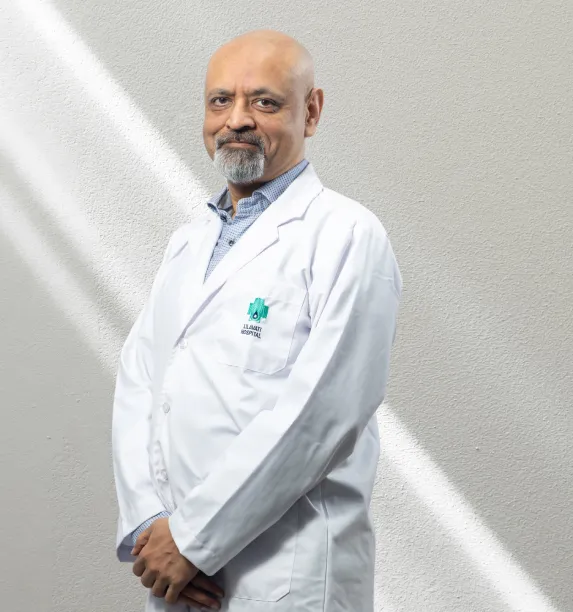Lilavati Hospital has been performing Corneal Transplantation or Keratoplasty since 2001. It is ably supported by the Roshni Eye Bank which is a well developed Eye Bank since February of 2001. The Eye Bank is fully equipped with state of the art equipment's and trained personnel for proper evaluation of donor corneal tissue. Eye Banking activities are carried out 24 x 7 to enable timely supply of corneal tissue to patients. Till date, Roshni Eye Bank has retrieved more than 2,500 eye balls.
OPD - 022 69318050 / 022 6931 8051 / 08657907751 | Boardline - 022-69318000 / 69301000 | Casualty - 022-69318063 / 64 / +91 86579 07754 | Ambulance - +91 97692 50010 / 75063 58779

